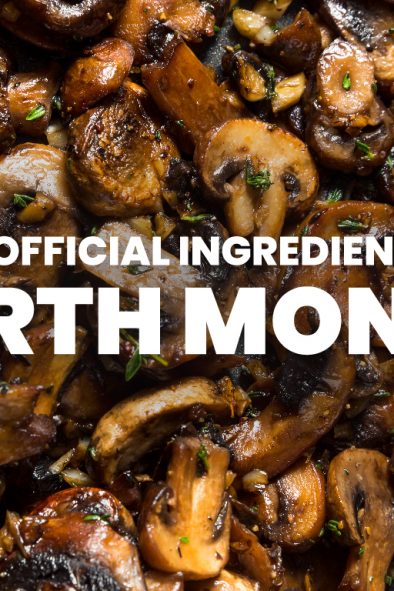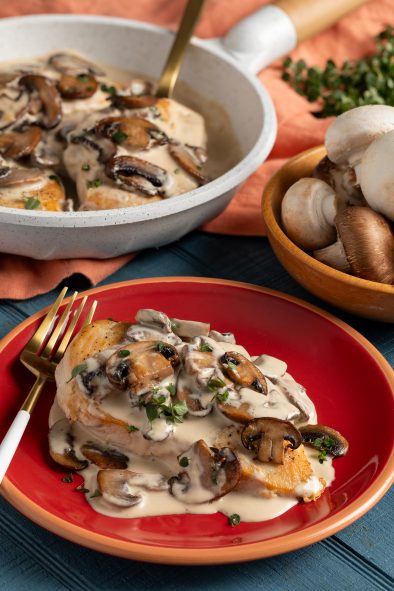Articles
3 Easy Ways to Eat More Sustainably
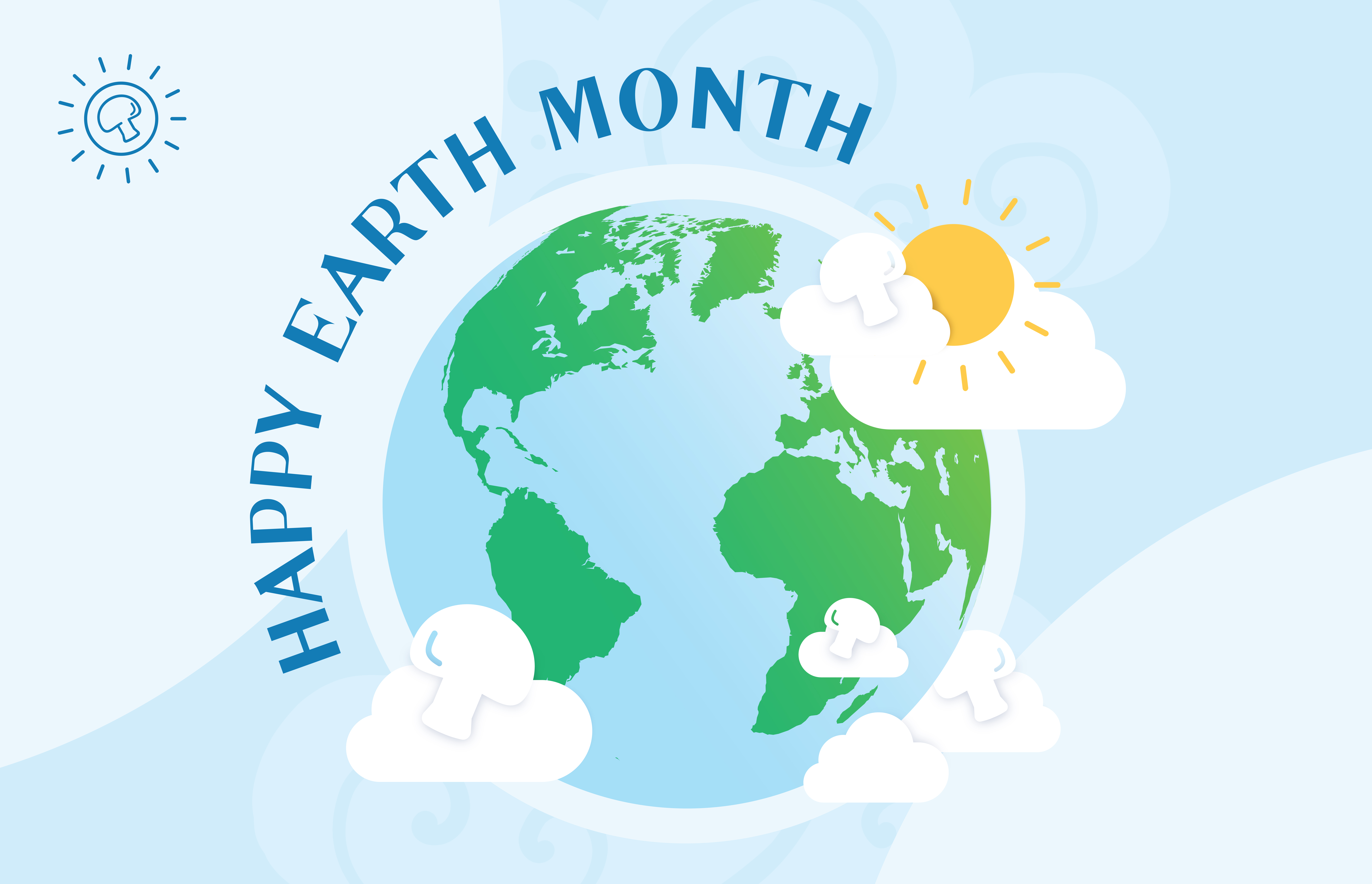
It’s April 1, and you know what that means: The start of Earth Month!
We’re lucky to call this beautiful planet home but it needs our help to stay healthy and clean. Fortunately, there are easy ways for all of us to do our part in protecting the planet. Keep scrolling for three simple ways to boost the sustainability of your eating habits.
Waste Less Food
So here’s the thing about food waste: When you toss food, you’re not just throwing away money and resources, you’re also contributing to the Earth’s greenhouse gas (GHG) problem. Food waste alone represents 8% of total GHG emissions, making it almost equivalent (87%) to global road transport emissions.1 Here are a few easy ways to reduce your food waste:
- Keep tabs on which foods you actually eat and which usually end up in the trash. This will help you tweak your shopping habits, plan your meals and offer opportunities for cost savings.
- The fridge is a hot spot for food waste, but a little organization can help. Make sure older foods are toward the front and easy to access so they get used up before spoiling. It’s hard to use what you can’t see.
Cut Down on Plastic
From shopping and packing to eating and storing, most of us have a long way to go in reducing the single-use plastics we use for food. Plastic shopping bags can take up to 1,000 years to break up into pieces2, and The Ocean Conservancy lists plastic cutlery as one of the “most deadly” items to sea turtles, birds and mammals because it’s often mistaken for food. Try opting for reusable versions of these common plastic items:
- Shopping bags
- Cutlery
- To-go cups
- Storage bags
- Straws
Cook with Mushrooms
Mushrooms are not only healthy on the plate, they’re also gentle on the planet. Researchers have noted mushrooms can be considered one of the most sustainably produced foods in the United States.3 They require very few resources to grow and put recycled materials to use. Producing one pound of mushrooms requires only 1.0 KWH of electricity and 1.8 gallons of water, a fraction of what’s required for many other foods.3 Plus, mushrooms grow in beds of composted agricultural materials and, once they’re harvested, the soil is recycled for multiple uses, including potting soil.
Pick a recipe below and get cooking with mushrooms.
Grilled Portabella Gyros With Yogurt Dill Sauce
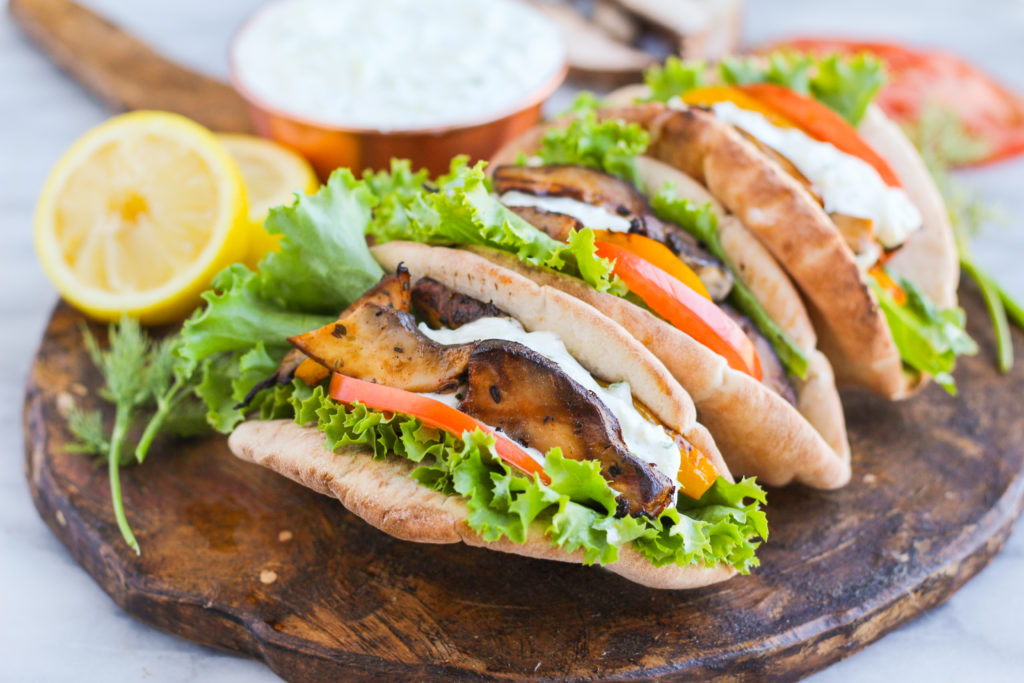
One-Pan Marsala Inspired Chicken and Veggies
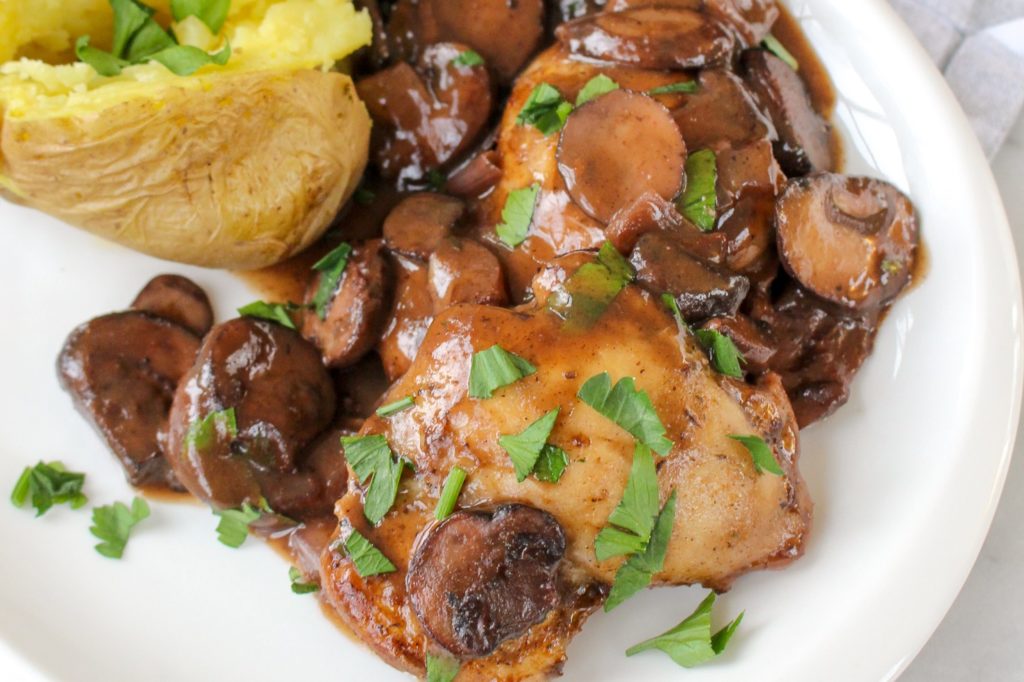
Lasagna Stuffed Portabella Mushrooms
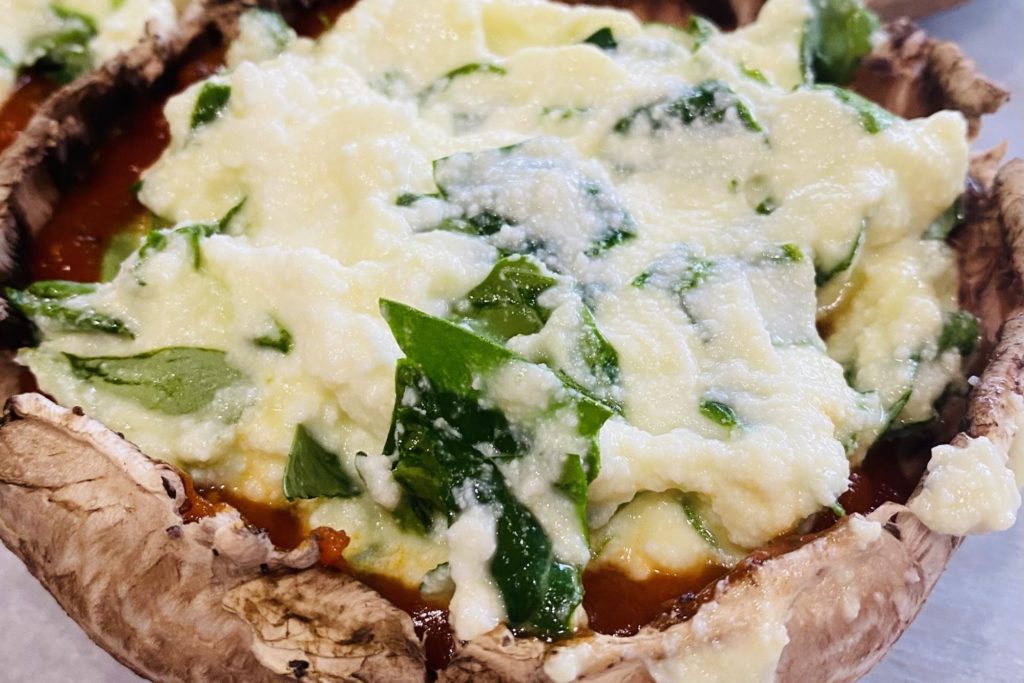
1Food Wastage Footprint & Climate Change. Food and Agriculture Organization of the United Nations website. Available at: http://www.fao.org/3/bb144e/bb144e.pdf. Accessed March 3, 2021.
2Cho, R. Plastic, Paper or Cotton: Which Shopping Bag is Best? Columbia University Earth Institute website. Available at: https://blogs.ei.columbia.edu/2020/04/30/plastic-paper-cotton-bags/. April 30, 2020. Accessed March 3, 2021.
3The Mushroom Sustainability Story: Water, Energy and Climate Environmental Metrics 2017 study, produced by leading sustainability analysis and research firm SureHarvest, is the result of a two-year initiative to document mushroom production environment metrics. Additionally, SureHarvest and UC Davis researchers collaborated on a life cycle assessment study of mushroom production in the United States: Robinson, B., Winans, K., Kendall, A. et al. Int J Life Cycle Assess (2019) 24: 456. https://doi.org/10.1007/s11367-018-1456-6.

